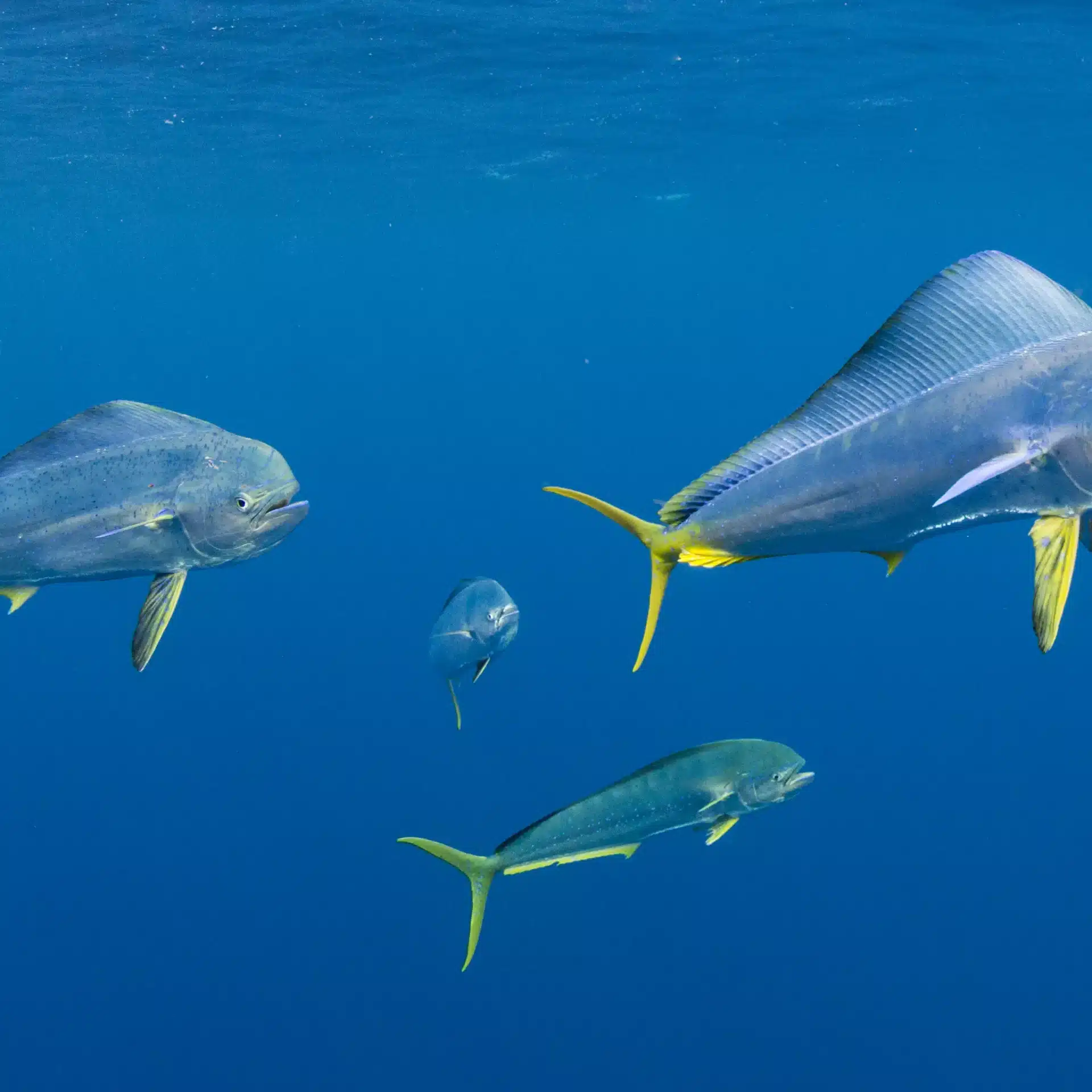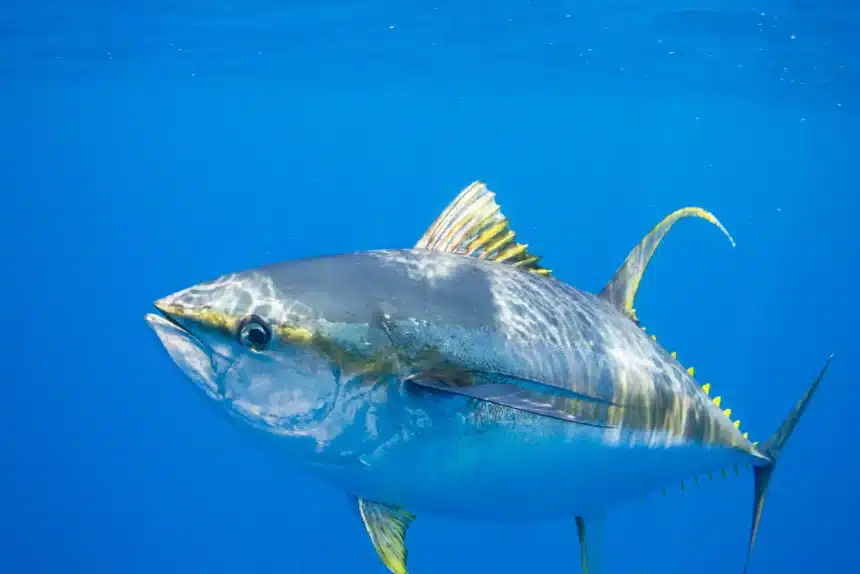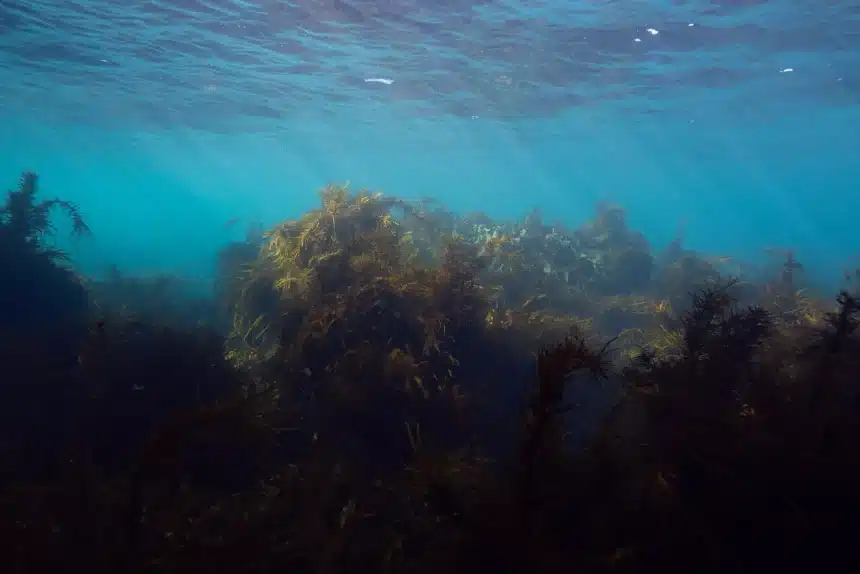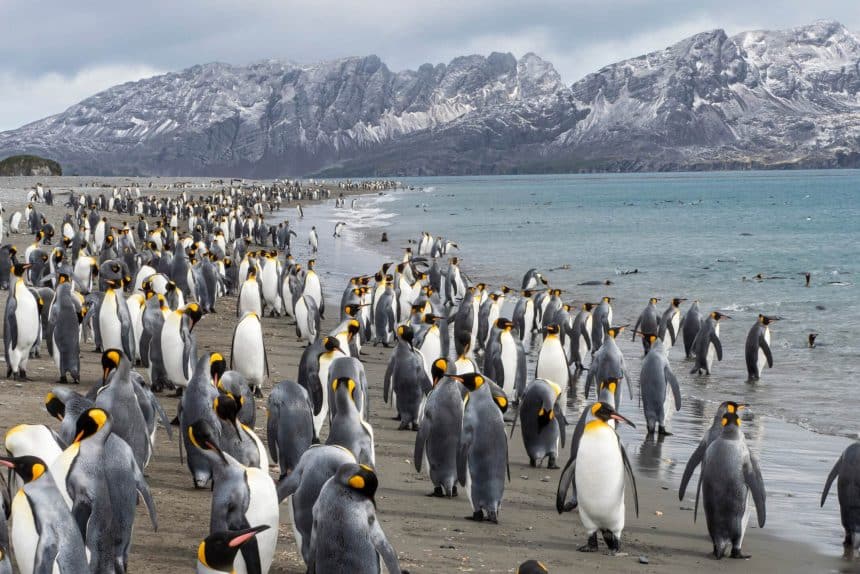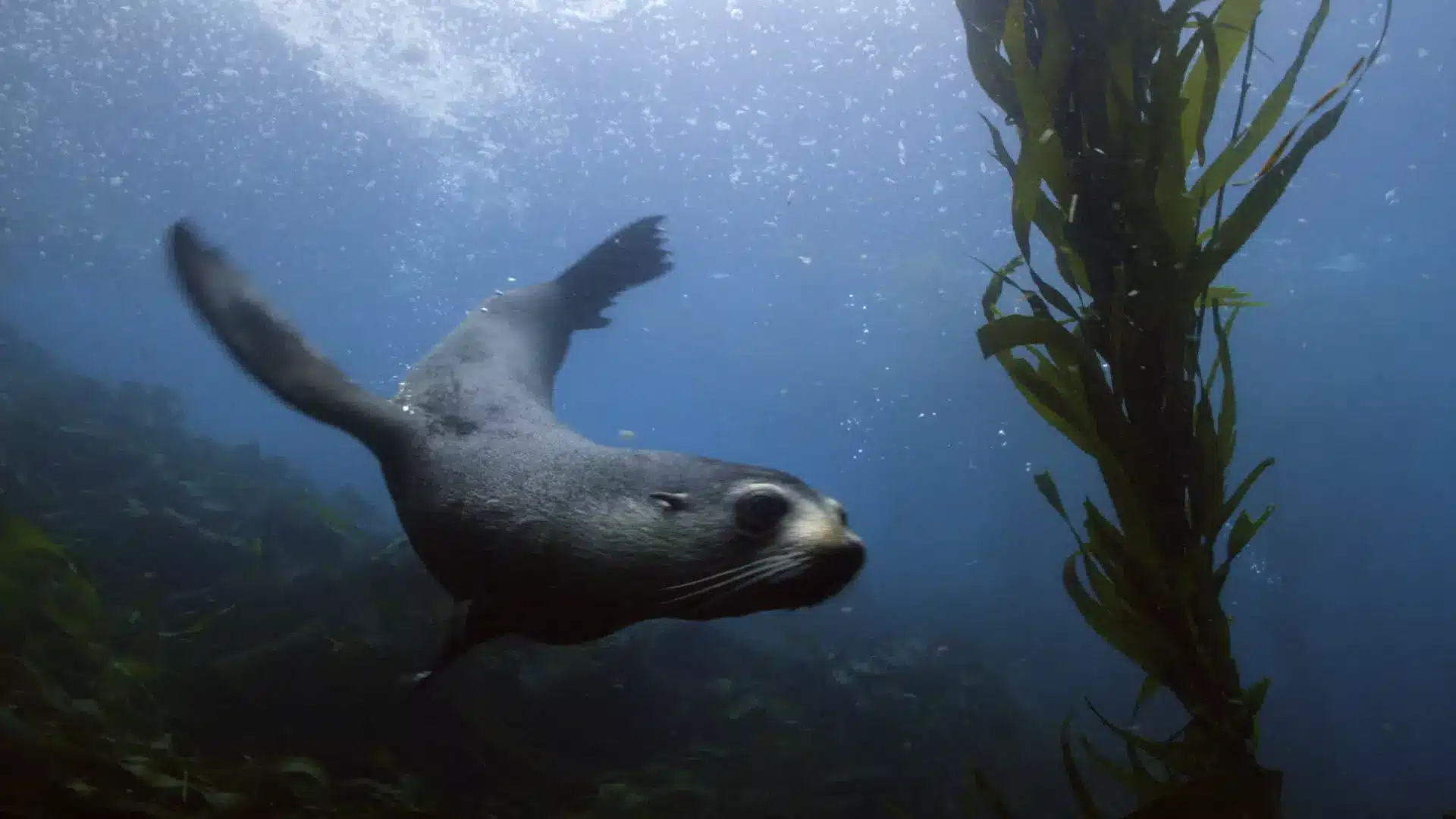The challenge
The Rio de la Plata flows into the Atlantic Ocean between Argentina and Uruguay. Rich in nutrients, the fresh river water meets productive seawater upwelling onto the oceanic shelf. The result is high biodiversity, and that has attracted unsustainable fishing pressure.
The Uruguayan fishing fleet is small in comparison to its neighbours but is poorly regulated. Many boats target sharks, exporting fins through the port of Montevideo. More than 90 per cent of fish caught in Uruguay’s waters are exported. The society’s awareness of the ocean environment is low, and marine conservation has been generally ignored until now.
